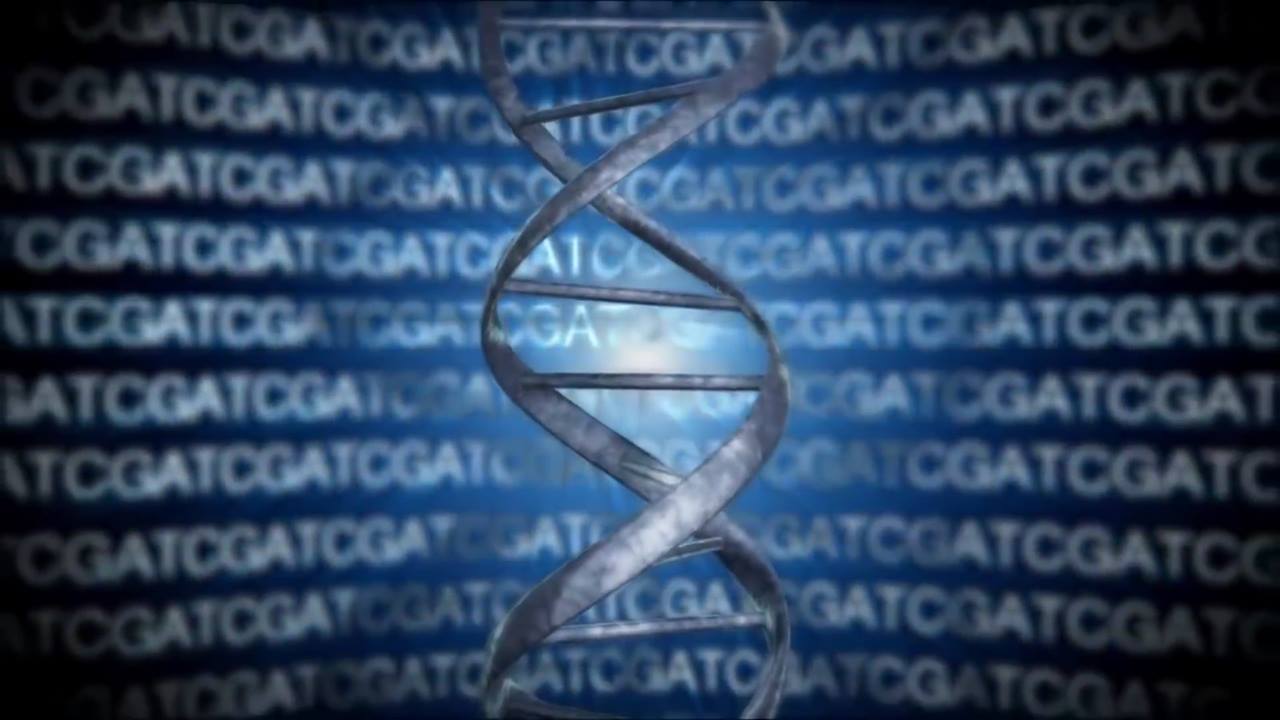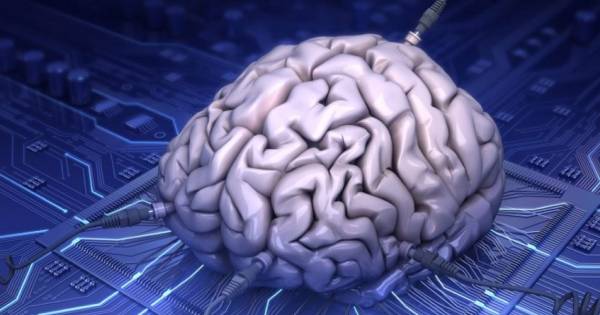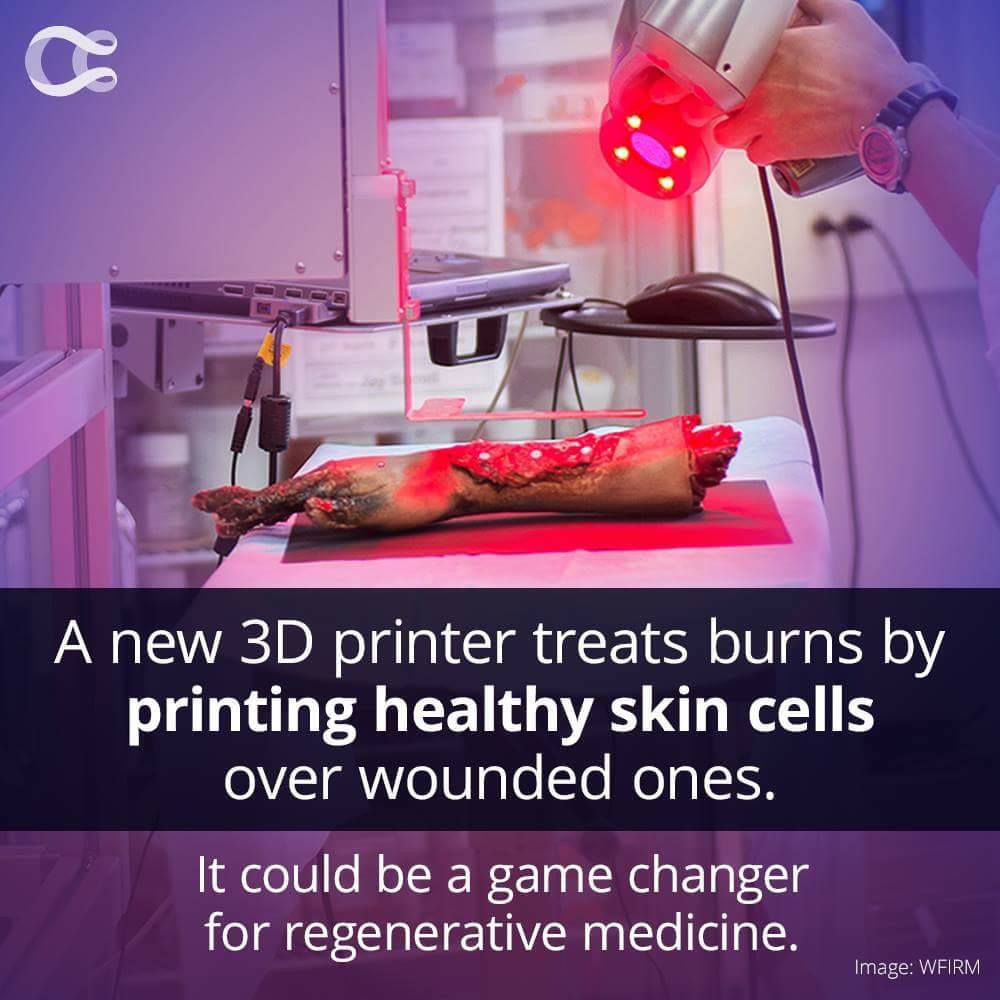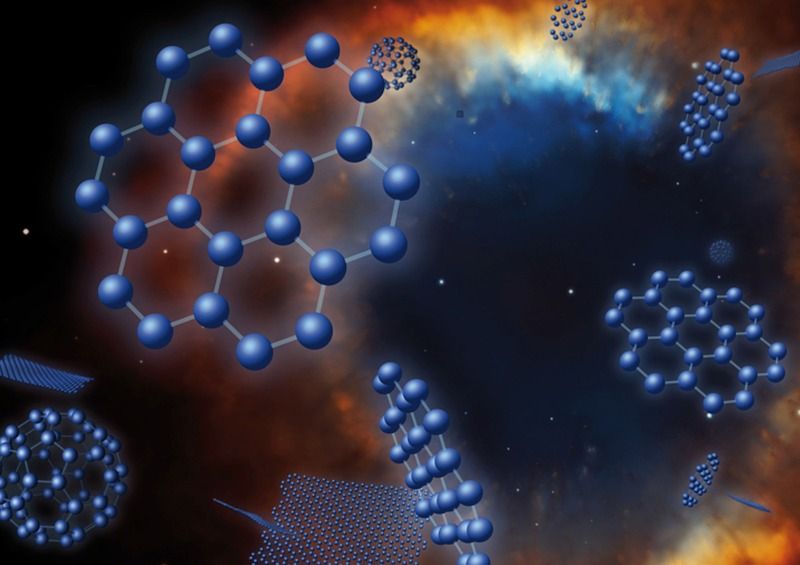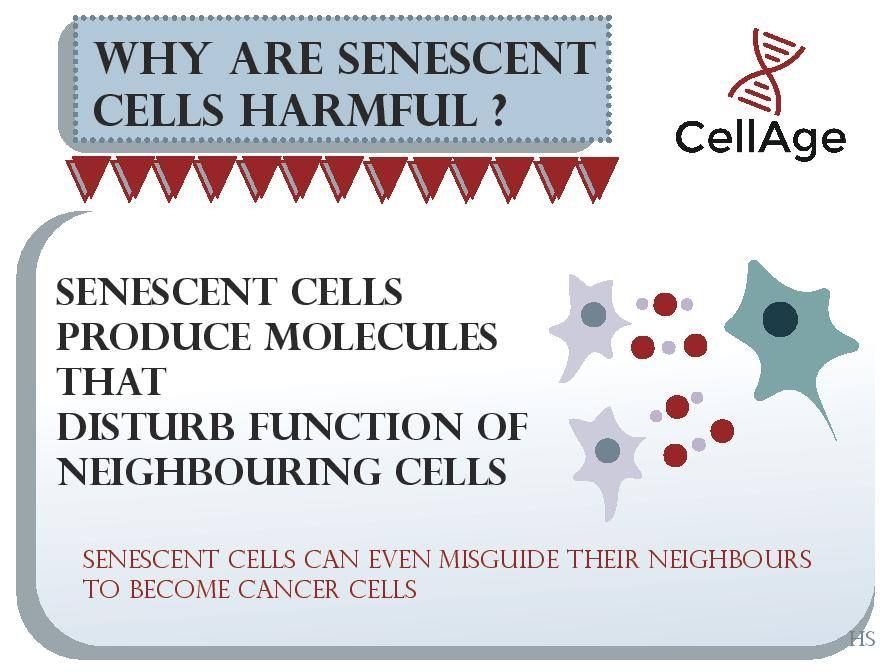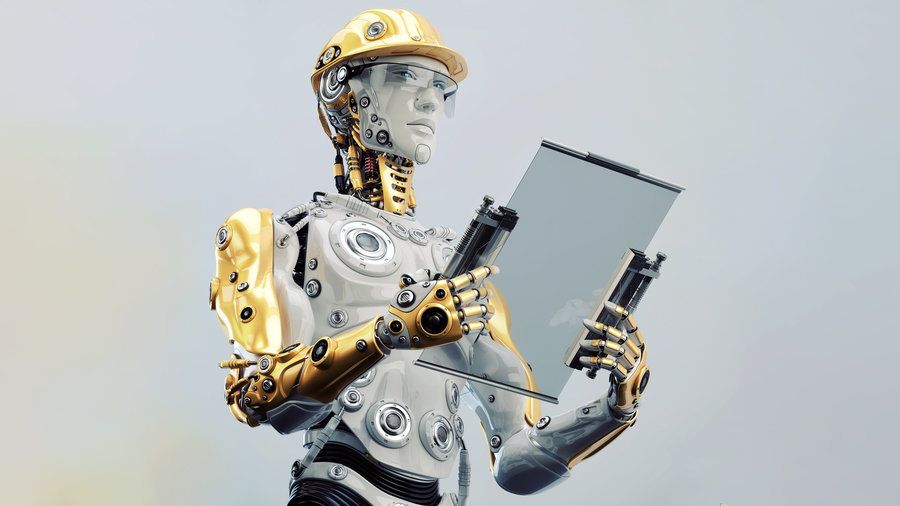Page 10498
Feb 3, 2017
The World’s Best Doctors Aren’t Earning PHDs — They’re Being Programmed
Posted by Shane Hinshaw in categories: biotech/medical, health
These artificial intelligence systems are more accurate than doctors at diagnosing health problems.
Feb 3, 2017
How to make eggs without any chickens
Posted by Shane Hinshaw in categories: food, futurism
Feb 3, 2017
This could be revolutionary
Posted by Bryan Gatton in categories: biotech/medical, life extension
Feb 3, 2017
The Milky Way Is Running Away From An Extragalactic Void
Posted by Andreas Matt in category: space
Astronomers have discovered a large void in the universe and it appears that the Milky Way and our neighboring galaxies are running away from it at about 630 kilometers per second (1.5 million miles per hour).
In a paper published in Nature Astronomy, an international group of astronomers has studied the velocities of the galaxies around our own and how they compare to the cosmic microwave background. By combining the observations with rigorous statistical analysis, the researchers have been able to map the gravitational distribution of the (somewhat) local universe.
Astronomers know that what is called the “local group” of galaxies are moving towards a dense region called the Shapley attractor. The team, led by Yehuda Hoffman from the Hebrew University of Jerusalem, realized how the gravitational lines seemed to all point towards the Shapley attractor and away from an unknown region. They suspect this region is a large void we are “escaping”.
Continue reading “The Milky Way Is Running Away From An Extragalactic Void” »
Feb 3, 2017
Neutrons reveal ‘quantum tunnelling’ on graphene enables the birth of stars
Posted by Karen Hurst in categories: chemistry, nanotechnology, particle physics, quantum physics, space travel
Graphene is known as the world’s thinnest material due to its 2-D structure, in which each sheet is only one carbon atom thick, allowing each atom to engage in a chemical reaction from two sides. Graphene flakes can have a very large proportion of edge atoms, all of which have a particular chemical reactivity. In addition, chemically active voids created by missing atoms are a surface defect of graphene sheets. These structural defects and edges play a vital role in carbon chemistry and physics, as they alter the chemical reactivity of graphene. In fact, chemical reactions have repeatedly been shown to be favoured at these defect sites.
Interstellar molecular clouds are predominantly composed of hydrogen in molecular form (H2), but also contain a small percentage of dust particles mostly in the form of carbon nanostructures, called polyaromatic hydrocarbons (PAH). These clouds are often referred to as ‘star nurseries’ as their low temperature and high density allows gravity to locally condense matter in such a way that it initiates H fusion, the nuclear reaction at the heart of each star. Graphene-based materials, prepared from the exfoliation of graphite oxide, are used as a model of interstellar carbon dust as they contain a relatively large amount of atomic defects, either at their edges or on their surface. These defects are thought to sustain the Eley-Rideal chemical reaction, which recombines two H atoms into one H2 molecule.
The observation of interstellar clouds in inhospitable regions of space, including in the direct proximity of giant stars, poses the question of the origin of the stability of hydrogen in the molecular form (H2). This question stands because the clouds are constantly being washed out by intense radiation, hence cracking the hydrogen molecules into atoms. Astrochemists suggest that the chemical mechanism responsible for the recombination of atomic H into molecular H2 is catalysed by carbon flakes in interstellar clouds. Their theories are challenged by the need for a very efficient surface chemistry scenario to explain the observed equilibrium between dissociation and recombination. They had to introduce highly reactive sites into their models so that the capture of an atomic H nearby occurs without fail.
Continue reading “Neutrons reveal ‘quantum tunnelling’ on graphene enables the birth of stars” »
Feb 3, 2017
Senescent cells accumulate in the body as we age and poison nearby healthy cells making them senescent or even cancerous!
Posted by Steve Hill in categories: biotech/medical, life extension
You can help us find ways to remove them and stay healthy!
Visit us at: https://www.lifespan.io/campaigns/cellage-targeting-senescen…c-biology/
Feb 3, 2017
After Robots Take Our Jobs, What Will We Buy in a Society Without Money?
Posted by Shane Hinshaw in categories: economics, employment, robotics/AI
After labor, not all of us will want to explore inner consciousness. Abundant leisure will not turn everyone into the Buddha. Many of our tastes are in the gutter, and I have no objection to leaving them there. I’m not a fan of shopping per se, but buying stuff is deeply satisfying and motivating for many people. Is it possible to rethink the pleasure of conspicuous consumption in a way that decouples it from the competitive labor economy? The post-work world I’m imagining will have little surplus money for unnecessary shopping, even if robots and computers can dramatically lower the overhead of such production. So, a non-consummatory form of shopping will have to be cultivated.
Some people marshal all their evolved predatory skills to hunt down the perfect sweater, shoes, or watch. Could we redesign shopping as a system of “catch-and-release,” so that, like sport fishing, it’s the adventure and not the prize that becomes central? Maybe we will hunt for luxury items, but then instead of keeping them, simply photograph ourselves wearing the items (like a fisherman holding a giant pike). It’s an unlikely adjustment, I’ll grant you, but I never thought catch-and-release fishing would be fun until I did it, and it was. The way some people already buy and return items suggests to me that catch-and-release shopping is not impossible.
Feb 2, 2017
China Expected To Launch First Home-Grown Aircraft Carrier This Year
Posted by Karen Hurst in category: military
China is making progress on its first indigenous aircraft carrier, the Shandong.
After two years and nine months of construction, China’s first domestically-built aircraft carrier is “taking shape.” The ship is under construction at a shipyard in Dalian, where the superstructure has already been mounted onto the hull. The vessel is expected to be launched this year; however, it will probably be a few more years before the ship enters military service.
Continue reading “China Expected To Launch First Home-Grown Aircraft Carrier This Year” »
Feb 2, 2017
A Smorgasbord of Tiny Switches fit for Consumer Devices
Posted by Karen Hurst in categories: electronics, mobile phones
Judging by the way some users handle portable consumer electronics, it’s fair to say that they can be considered harsh environment devices. Cell phones, MP3 players, tablets and other portable electronic devices have become ubiquitous personal and professional tools that are used constantly throughout the day and not with the gentlest of care. As a result, switch manufacturers must create new rugged miniature switches that combine significant space and weight reductions with ruggedness and long operating lives.
These miniature switches must function in the same reliable, consistent manner as the more substantially-sized industrial design, all the while maintaining optimum functionality, performance and extended lifespans. Switch manufacturers that offer value-added services, including manufacturing modules and custom assemblies, can deliver complete electromechanical solutions that not only meet the size and performance requirements, but can also withstand the elements like vibration and shock.
